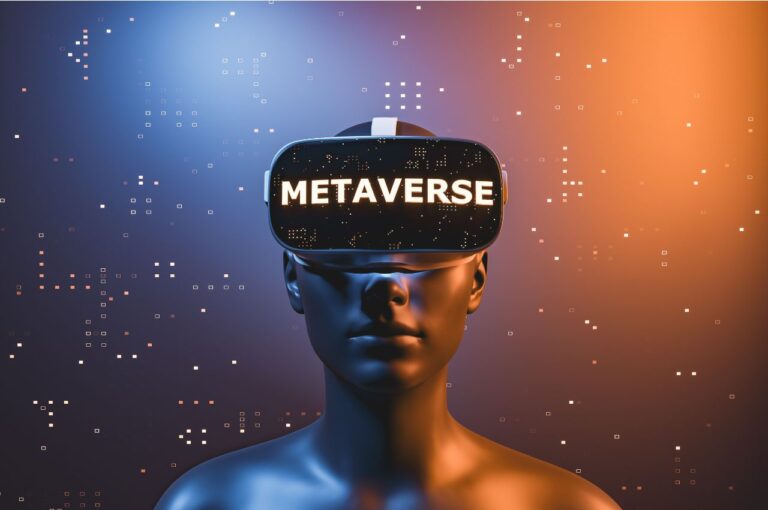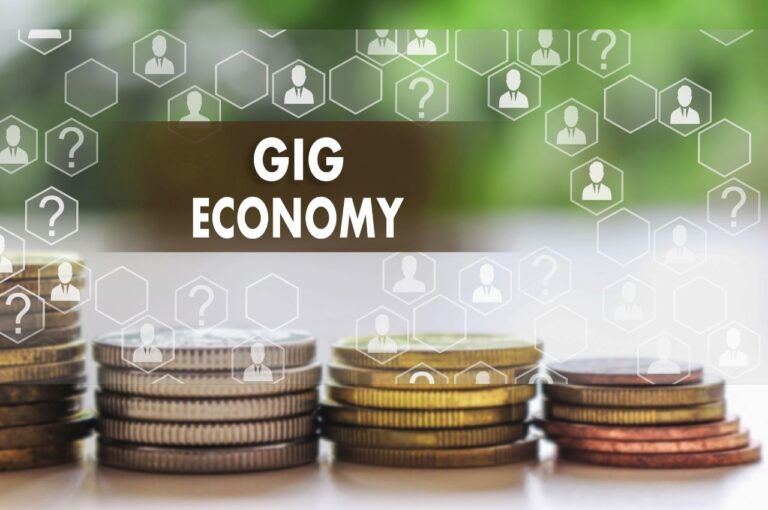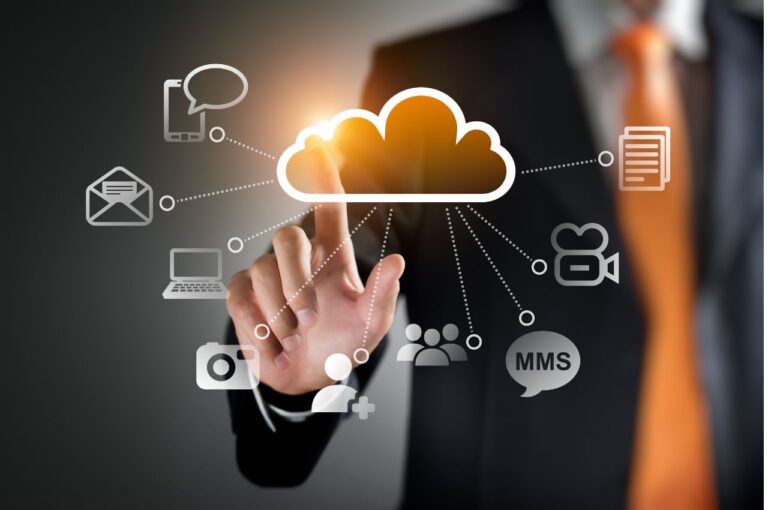Listen to the article
The Internet of Things, also abbreviated as IoT, has become an important technology in recent years. More businesses and people are using it in various sectors. According to Statista, the number of IoT connected devices in 2021 was 11.3 billion up from 8.6 billion in 2019. This means that the internet of things has grown in relation to the number of devices, data produced and revenue generated.
Today’s article focuses on one of the emerging digital technologies – the internet of things (IoT). We will look at the key benefits and uses of IoT.
What is the Internet of Things?
Oracle describes IoT as a network of physical objects (things) that are embedded with sensors, software and other technologies for the purpose of connecting and exchanging data with other devices and systems over the internet.
With the Internet of Things, you can connect cookers, microwaves, irrigation systems, posho mills, farm animals, implants, monitors, and many other objects. IoT enables the reality of smart homes, smart buildings, smart cities, smart farms, and smart warehouses, among others.
What are the Benefits of IoT?
Monitor assets. Businesses can monitor their assets and track the level of supplies they use. With the embedded sensors on objects, they can track any changes or problems in real time.
Improve efficiency. Organizations incorporate IoT smart devices into daily processes to fine tune their operations and reduce costs.
Reduce maintenance costs. With IoT, you can anticipate maintenance requirements before your equipment breaks down or suddenly fails.
Data driven insights. A company can access data in real time and use it to optimize its operations. Some organizations are using smart sensors in their buildings to collect data on their employees.
New business opportunities. With more smart devices connected to the internet, more business opportunities have arisen. Businesses can sell wearable devices or smart home appliances.
Cost reduction. IoT is cutting down on energy costs through smart lighting and heating systems. IoT also cuts down on labour costs because devices can be tracked and data analyzed in the cloud without the need for human intervention.
How Does IoT Work?
The cost of including computing capabilities to objects has reduced and this has enabled an increase in the number of devices connected to the internet. Amazon Web Services (AWS) notes that an IoT system works through real time collection and exchange of data. The system has 3 components and these are: smart devices, IoT application, and a graphical user interface.
A smart device is one that has computing capabilities, for example, a smart TV, security camera, vacuum cleaner, parking garage, or greenhouse. An IoT application uses machine learning algorithms to analyze large amounts of data in the cloud. You can manage IoT devices using a mobile application or website.
One technology that will enhance the use of IoT is 5G, which is the latest mobile technology. It enables a faster and more secure connectivity.
What are the Uses of IoT?
- Smart cities. IoT smart devices are used for traffic management, water and sanitation management, security systems, and smart parking metres.
- Smart homes. Appliances are connected to the internet and controlled remotely. They include coffee makers, garage doors, and cookers, among others.
- Smart devices such as watches, health monitors, and fitness bands.
- Smart farms powered by IoT enable farmers to check the soil quality, regulate water consumption in irrigation systems, or monitor the health of livestock.
- Energy grids. Equipment in smart grids is installed with sensors to collect data.
An Example of IoT in Use
Case Study: The Edge, Amsterdam, Netherlands
The Edge is considered the smartest building in the world, according to an in-depth article on Bloomberg. The building knows where you live, the car you drive, the person you are meeting today, how much sugar you like in your coffee, and many other things.
It started with a smart phone app developed with the building’s main tenant, Deloitte. The app recognizes when your car arrives in the building and directs you to a parking spot. Lights in the garage brighten when you approach and dim as you leave.
The app finds you a desk because no one has one in the building. Your schedule determines your workspace for the day. You can have a sitting desk, standing desk, work booth, meeting room, or balcony seat. People get desks when they need them. You can take a short virtual tour of the Edge by watching this video.
What is Industrial IoT?
According to Cisco, Industrial IoT is an ecosystem of devices, sensors, applications, and associated networking equipment that works together to collect, monitor, and analyze data from industrial operations. It increases efficiency, reduces costs, and improves safety and security. You will find IIoT in industries such as manufacturing, transport, oil and gas, power, and ports.
How to Get Started with IoT
Get Smarter recommends 3 things to prepare for an IoT future. They are: appointing experts to interpret data, preparing your data storage needs, and focusing on cyber security. Invest in experts to analyze the data collected, storage applications for the large amounts of data collected, and online protection for connected devices.
Organizations like Amazon Web Services (AWS) provide IoT solutions. You can start small and scale up. You can look at examples of businesses that are already using IoT systems, for example, Cowlar (cow management) and Eastern Peak (solutions for cars, pets, irrigation systems, pets, and fertility cycles).
If you would like to know more about emerging technologies, get in touch with us today.



